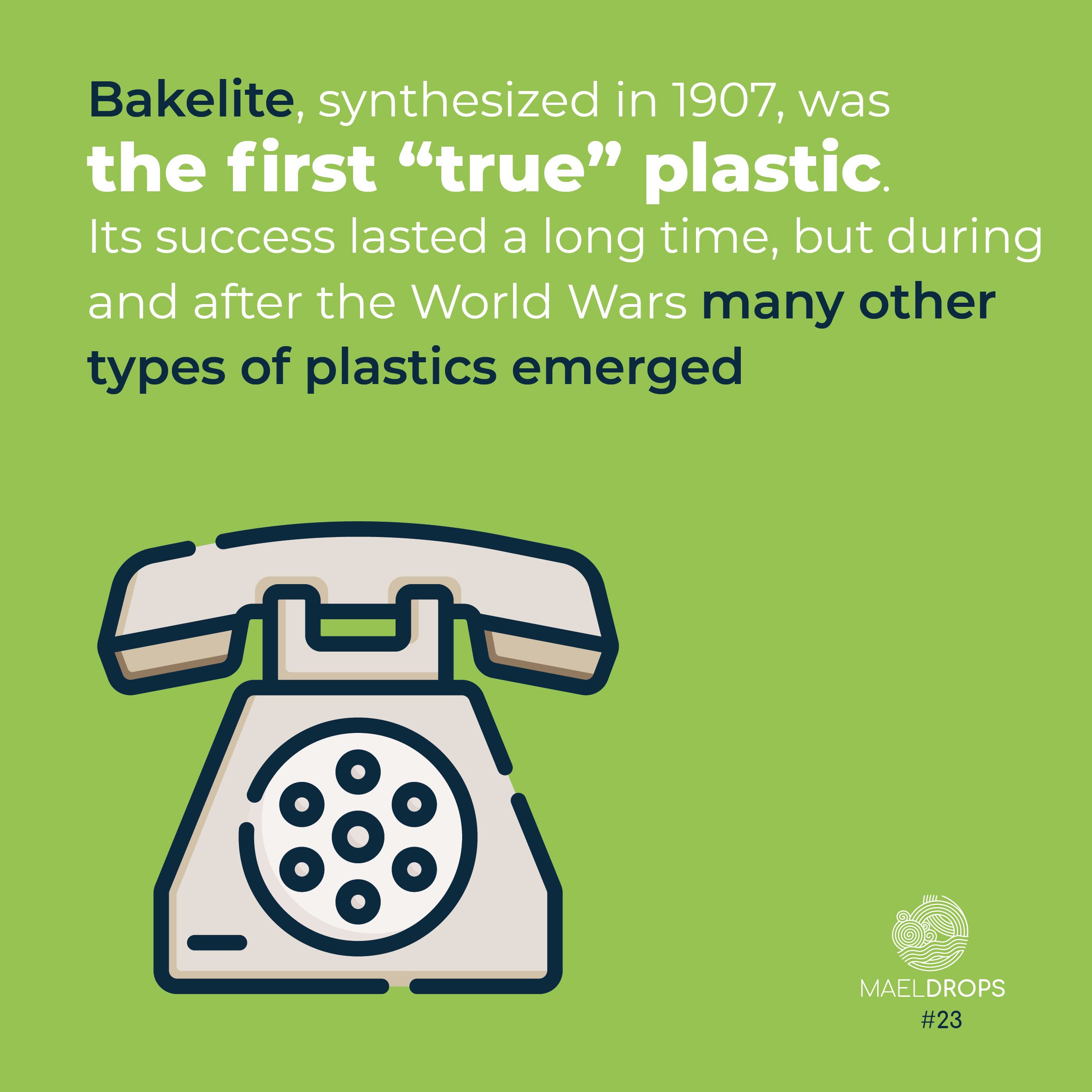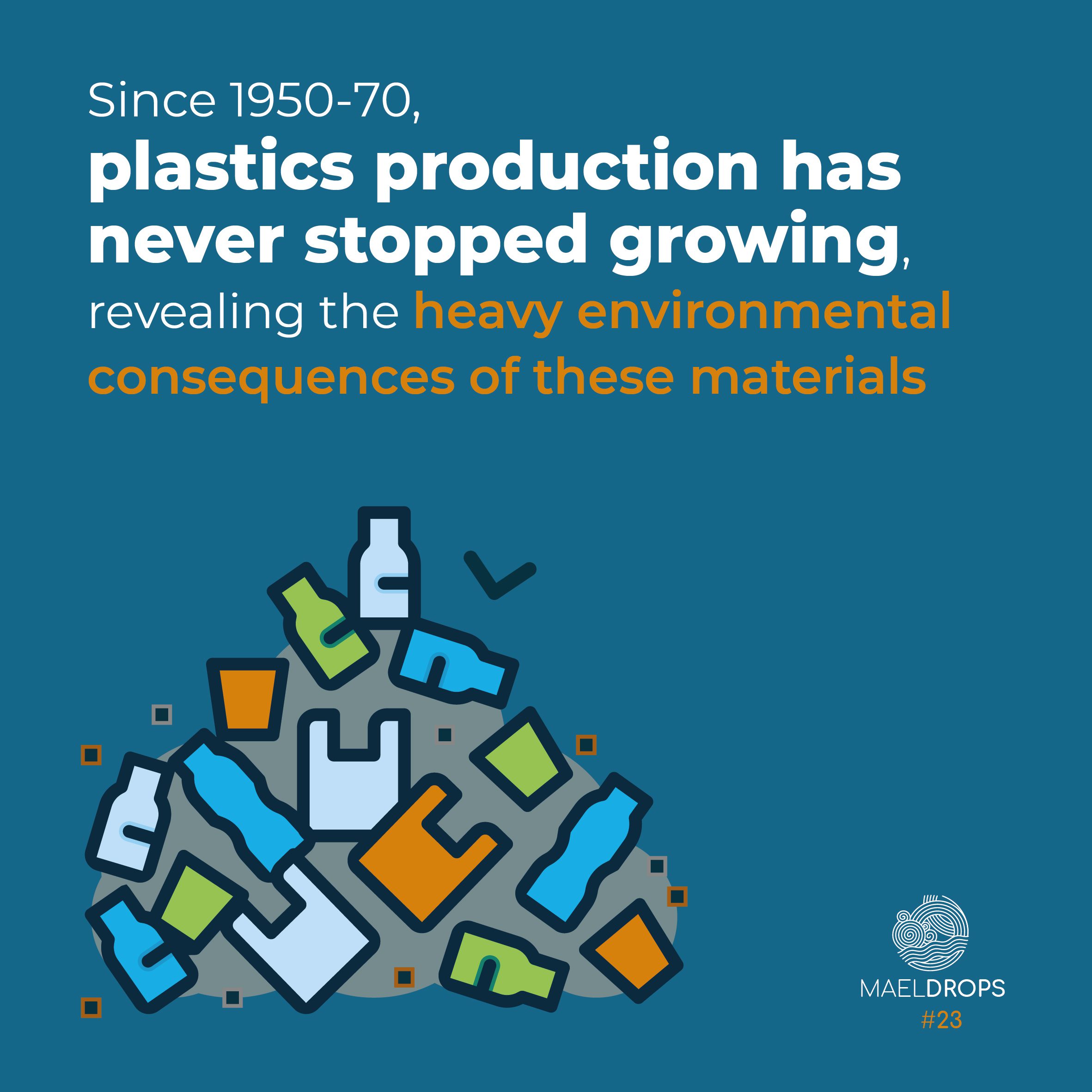MAELDrop #23 | History of plastics
Plastics are a heterogeneous group of materials, united by certain chemical characteristics. But do you know its history?
Strangely enough, ivory and billiards played a key role in the creation of plastics. In the late 19th century, billiards was very popular and a must-have for high society. Billiard balls were made of ivory, which was already becoming scarce at the time (though it took many more years before it was banned).
To replace ivory and other materials – like tortoiseshell and horn, used for making combs – the first plastics were developed. The very first was Parkesine, a semi-synthetic resin and its inventor, Alexander Parkes, won a bronze medal at the International Exhibition in London in 1862. A few years later, an even more successful material emerged: celluloid, made from nitrocellulose and patented in 1869 by John Hyatt.
However, these were still far from the “realm of synthetics” that characterizes plastics today. This path was opened by Bakelite, synthesized for the first time in 1907 and it was Leo Baekeland, who firstly reported the term “plastics” to name these materials.
Bakelite’s was widely used until the 1950s-60s for products like telephones, but over time, many other types of plastics emerged.
During and after the two World Wars, industrial production of many of the materials we use today began: cellophane, PVC, nylon, polyethylene. Between 1950 and 1970, plastic production increased twentyfold, and it has never stopped growing since. Indeed, it is expected to continue increasing, further revealing the heavy environmental consequences of what was once an enormous scientific advancement.



